Water is a precious resource that is often taken for granted. However, with rapid population growth and increasing industrialization, water scarcity has become a serious problem. One way to address this issue is through the wastewater treatment process.
What is Wastewater Treatment?
Wastewater treatment is a crucial process that removes harmful pollutants from water before it is discharged into the environment. Wastewater itself is water that has been used and discarded.
This water can come from homes, businesses, and industries. Wastewater can contain various contaminants, including human and animal waste, chemicals, and heavy metals. If left untreated, wastewater can cause serious damage to the environment and pose a risk to public health. This is why wastewater treatment is so important.
Wastewater Treatment Process
Treatment is carried out in three or more stages, depending on the composition and level of waste load.
According to the Safe Drinking Water Foundation, wastewater treatment stages are generally divided into primary, secondary and tertiary.
1. Preliminary Treatment
The purpose of the preliminary treatment process is to remove coarse solids and other materials commonly found in raw wastewater. Removal of these materials is necessary to improve operational efficiency and minimize processing costs in subsequent treatment stages.
This stage typically includes coarse screening, sand removal, and in some cases, a combination of large waste materials.
Read Also: 5 Uses of Silica Sand that You May Not Know
2. Primary Treatment
The purpose of the primary treatment process is to remove settleable organic and inorganic solids through sedimentation and to remove floating debris through skimming. Approximately 25-50% of the incoming biochemical oxygen demand (BOD5), 50-70% of total suspended solids (SS), and 65% of oil and grease are removed during primary treatment. Some organic nitrogen, organic phosphorus, and heavy metals associated with the solids are also removed during primary sedimentation, but the remaining colloidal and dissolved constituents are not affected.
3. Secondary Treatment
The purpose of secondary treatment is to remove residual organic matter and suspended solids from primary treatment. This stage involves the removal of biodegradable dissolved organic matter and colloidal materials using aerobic biological treatment processes.
Aerobic biological treatment occurs in the presence of oxygen by aerobic bacteria that metabolize organic matter in wastewater. This process produces more microorganisms and inorganic end products (mainly CO2, NH3, and H2O).
4. Tertiary Treatment
Tertiary treatment is an additional treatment process after secondary treatment. This process can remove more than 99% of impurities from wastewater, producing the highest quality wastewater.
The technology used in this process can generally be very expensive and requires a high level of technical knowledge and trained treatment plant operators.
Read Also: Ensure Water Quality with the Right Water Treatment Chemical
Purpose of Wastewater Treatment
The primary goal of wastewater treatment facilities is to protect the public and local ecosystems from toxic elements found in wastewater.
- Maintaining water quality: Properly treated water can be reused for various purposes, such as irrigation, industry, and sanitation. This can help conserve water resources and reduce dependence on groundwater.
- Preventing disease: Contaminated wastewater can transmit various diseases, such as diarrhea and others. A proper wastewater treatment process can help kill pathogenic microorganisms and prevent the spread of disease.
- Maintaining the balance of nature: Properly treated wastewater can return to nature without polluting the environment. This can help maintain ecosystem balance and prevent environmental damage.
Conclusion
Wastewater treatment is an important solution for preserving nature and public health. With the right processes and technology, wastewater can be processed into safe and usable water.
Beyond technology, you also need the right chemicals to support the wastewater treatment process. As a company engaged in the water care sector, Lautan Air Indonesia understands the importance of optimal wastewater treatment. We are committed to providing a variety of high-quality chemicals needed in the wastewater treatment process, such as:
- Coagulant and flokulan: helps separate suspended solids from wastewater.
- Disinfectant: kills harmful microorganisms in wastewater.
- Neutralizer: neutralizes the pH of wastewater.
For more information about our products and services, you can contact us here.



